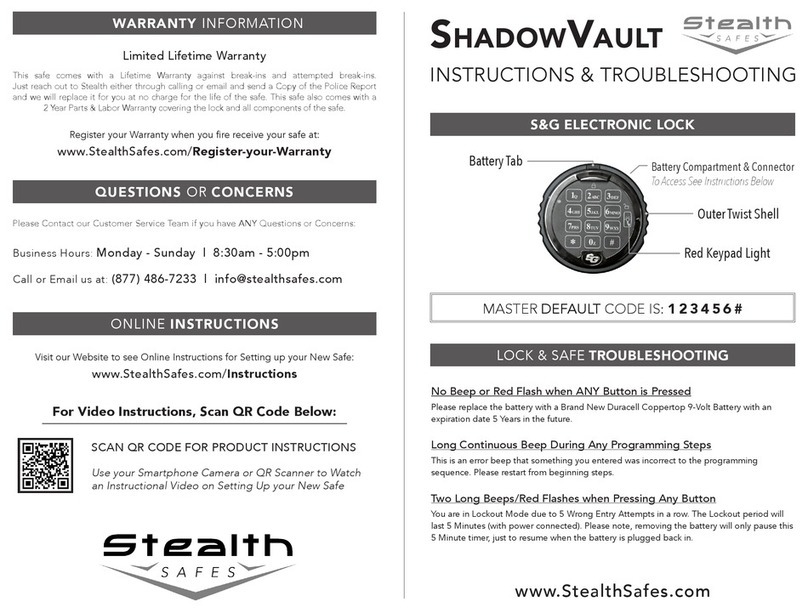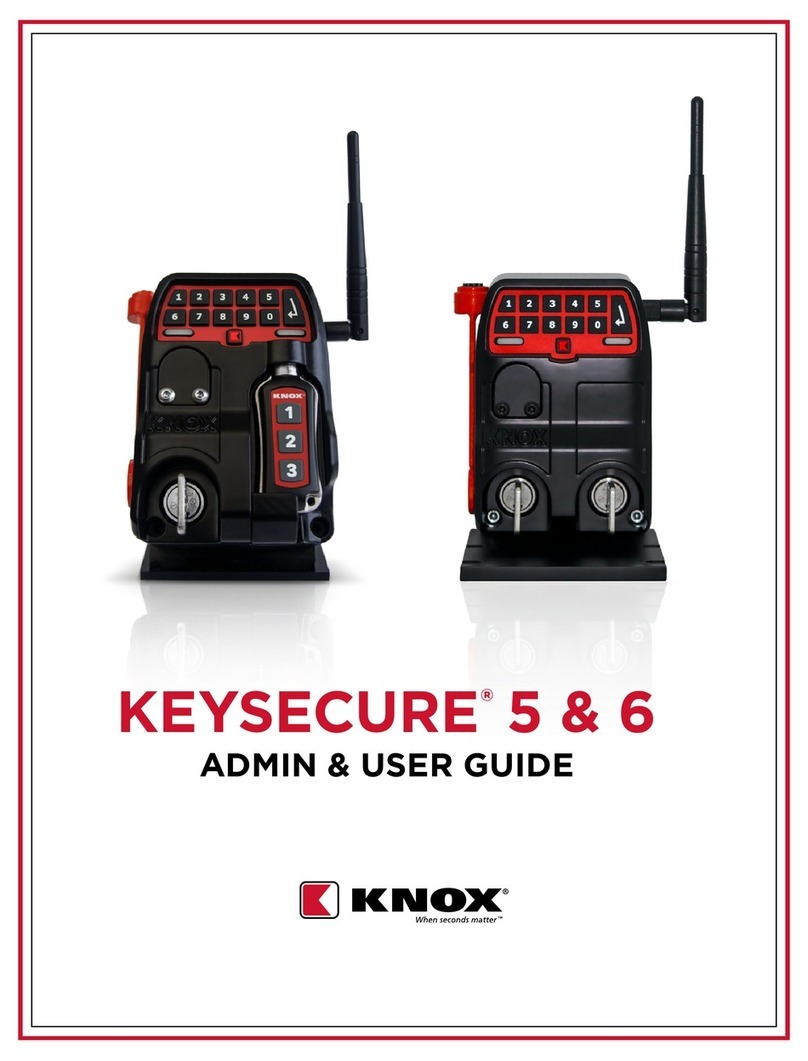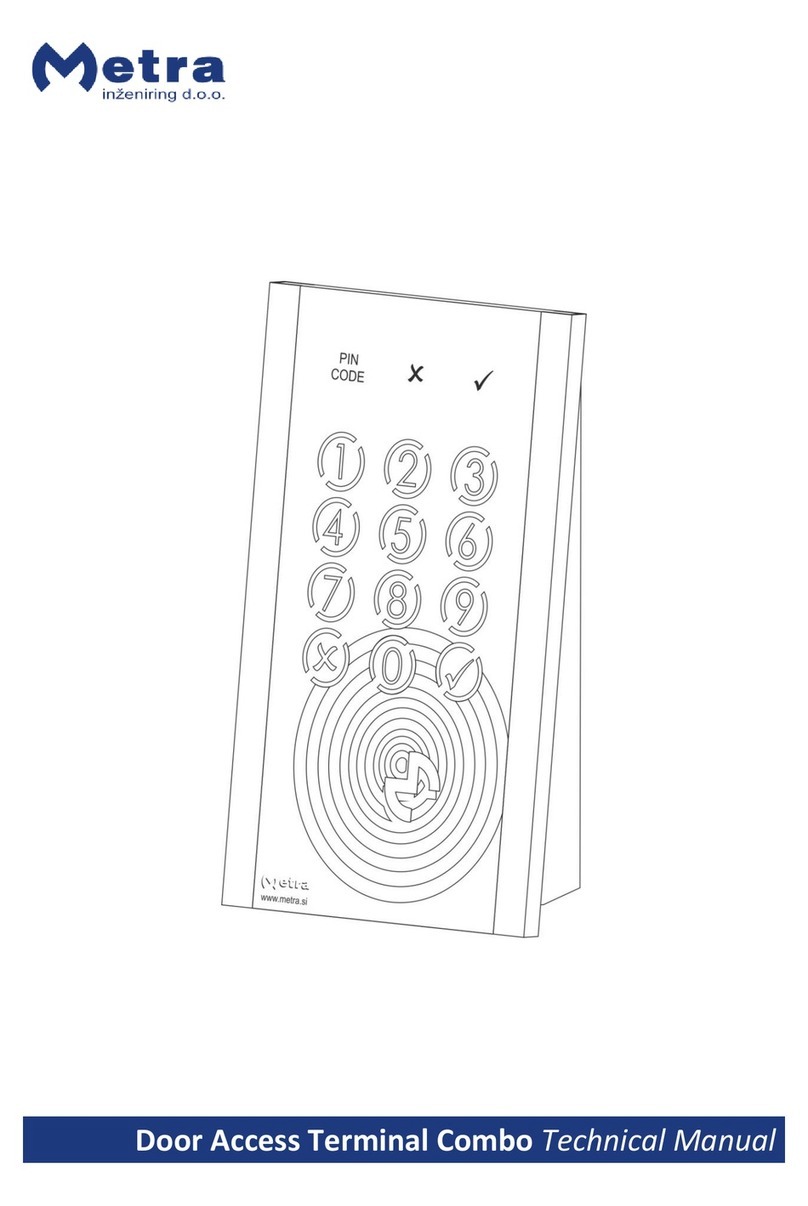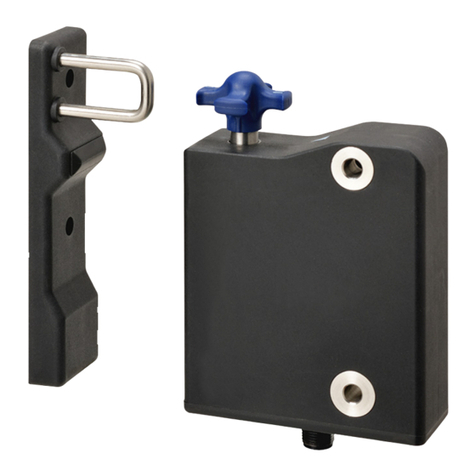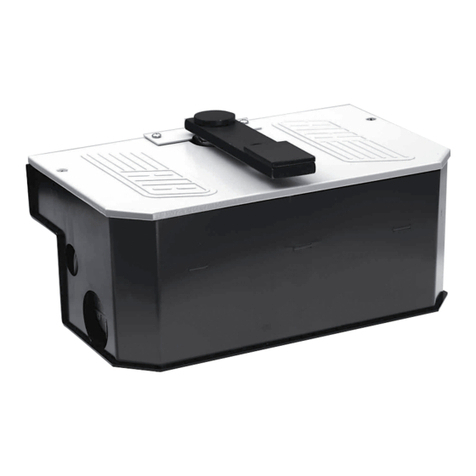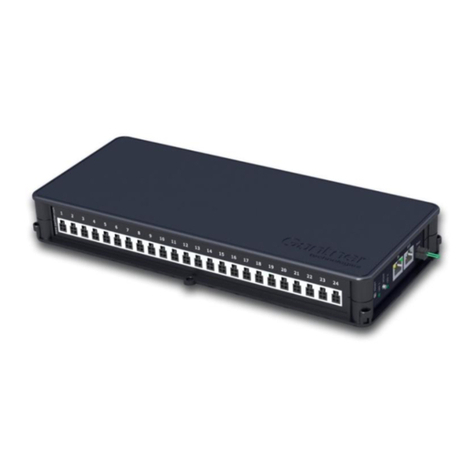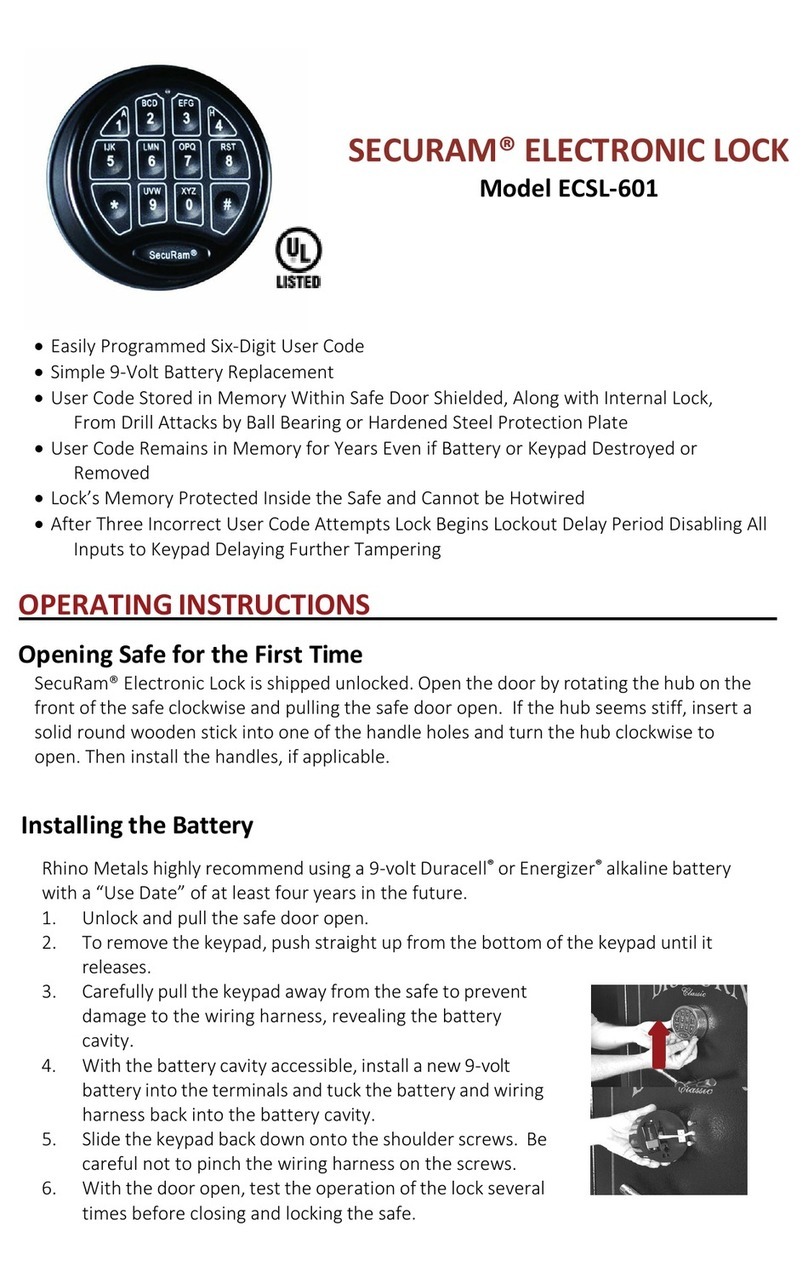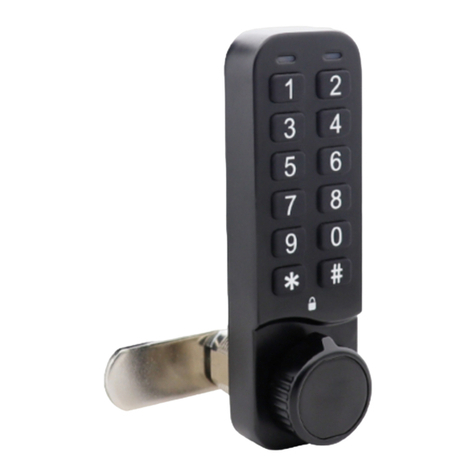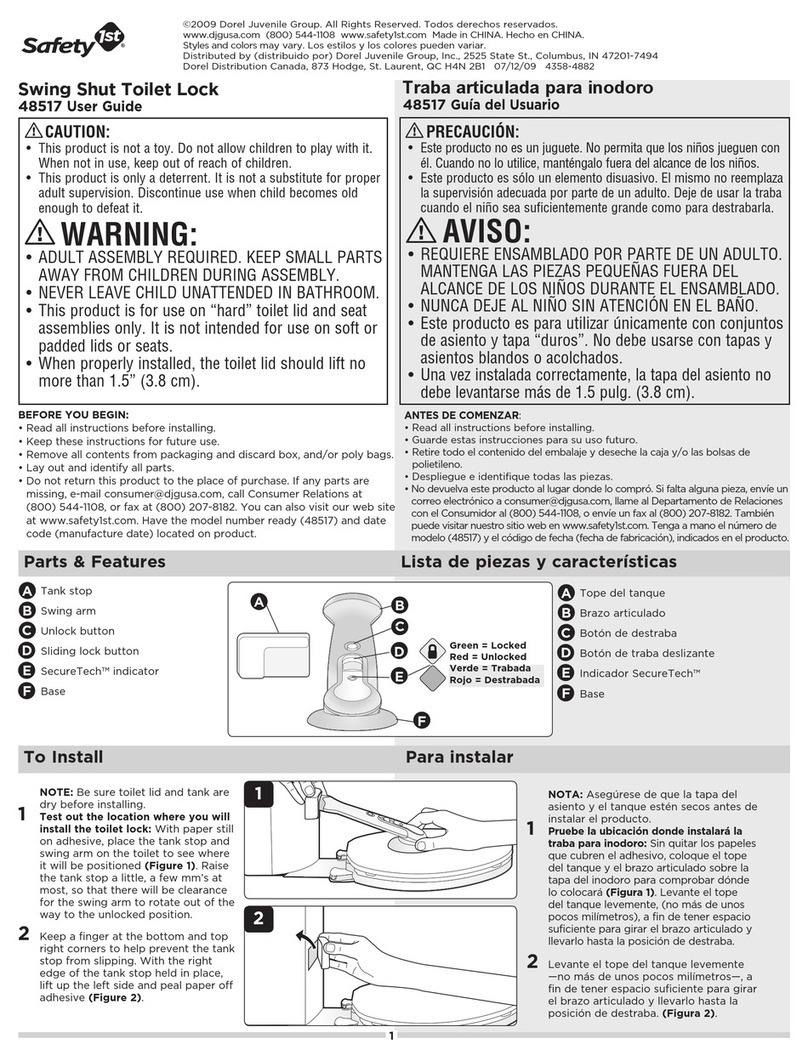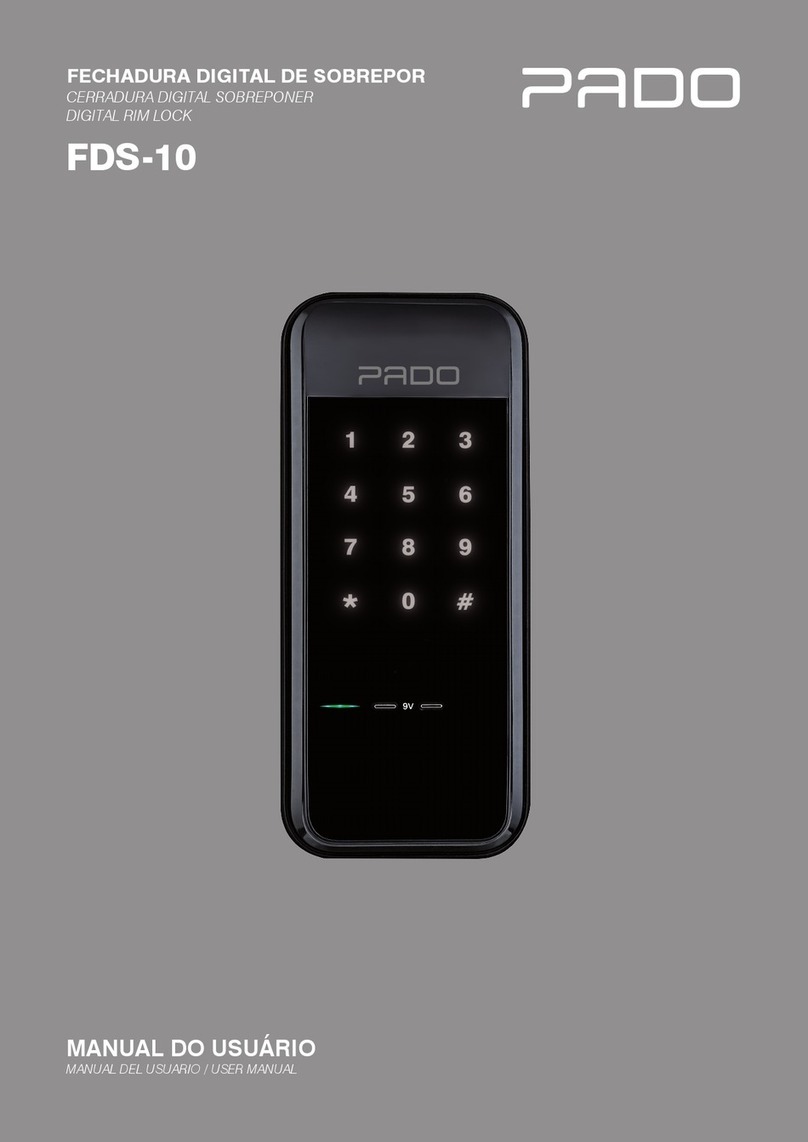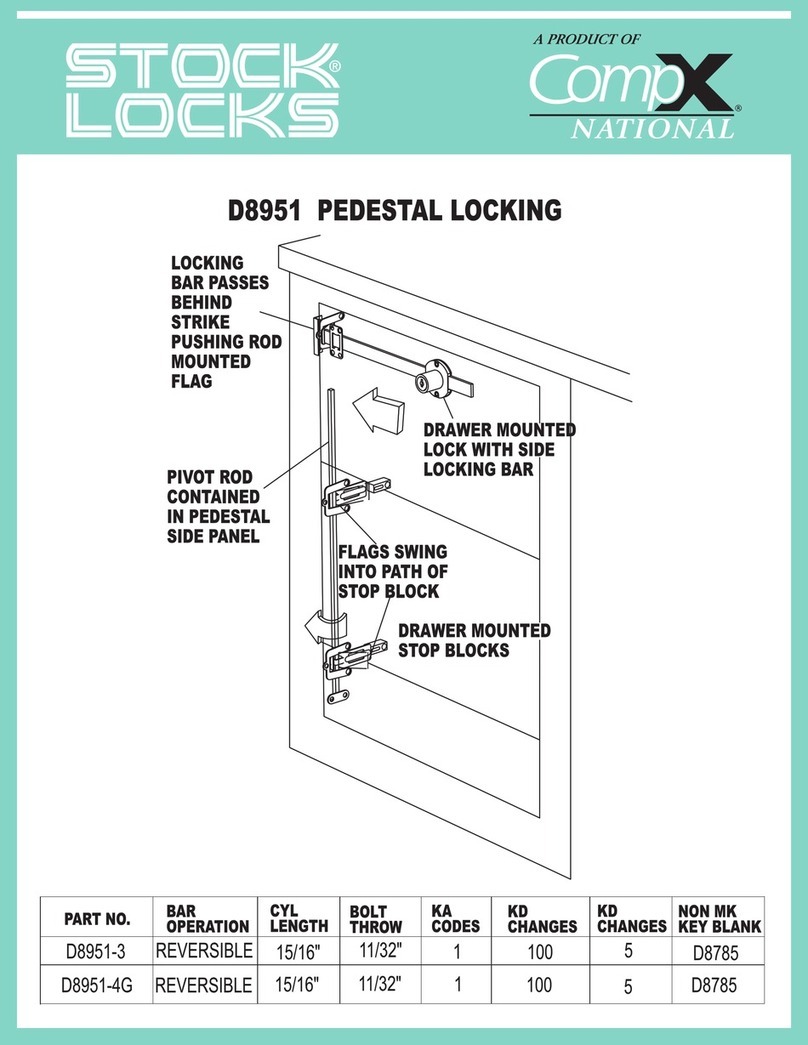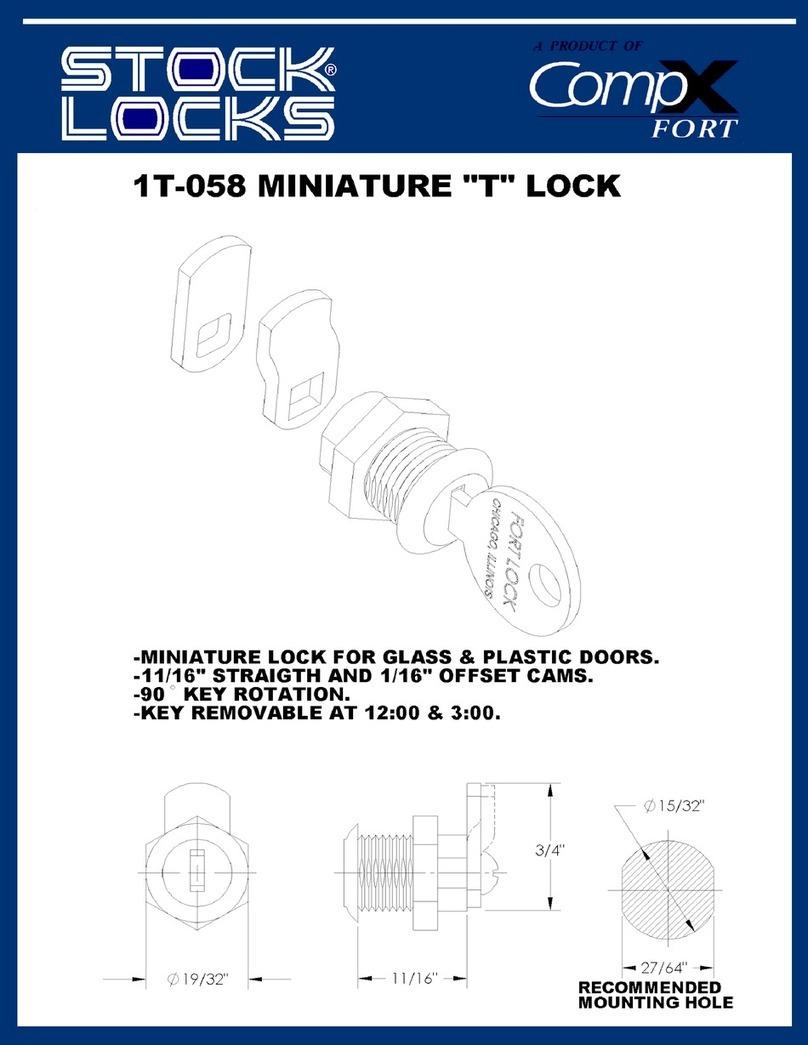
D4DL
5
JCHARACTERISTICS
Degree of protection (see note 2) IP65 (EN60947-5-1)
Life expectancy (see note 3) Mechanical: 1,000,000 times min.
Electrical: 500,000 times min.
Operating speed 0.05 to 0.5 m/s
Operating frequency 30 operations/minute max.
Rated frequency 50/60 Hz
Contact gap 2x2mmmin.
Positive opening force (see note 4) 58.84 N min. (EN60947-5-1)
Positive opening travel (see note 4) 10 mm min. (EN60947-5-1)
Holding force 500 N min. (GS-ET-19)
Insulation resistance 100 MΩmin. (at 500 VDC)
Rated insulation voltage (Ui)300 V (EN60947-5-1)
Conventional enclosed thermal current (Ithe)10 A (EN60947-5-1)
Rated impulse voltage (Uimp)Between terminals of same or different polarity, each terminal and ground, and each
terminal and non-current-carrying metal part: 4 kV
Between the solenoid and non-current-carrying metal part: 0.8 kV for 24 VDC solenoid,
2.5 kV for 110 VAC solenoid, and 4 kV for 230 VAC solenoid (EN60947-5-1)
Conditional short-circuit current 100 A (EN60947-5-1)
Pollution degree (operating environment) 3 (EN60947-5-1)
Protection against electric shock Class II (double insulation)
Switching overvoltage 1,500 V max. (EN60947-5-1)
Contact resistance 25 mΩmax. (initial value)
Vibration resistance Malfunction: 10 to 55 Hz, 0.75-mm single amplitude
Shock resistance Mechanical: 1,000 m/s2min.
Malfunction: 300 m/s2min.
Ambient temperature Operating: --10°Cto55°Cwithnoicing
Ambient humidity Operating: 95% max.
Weight Approx. 340 g (D4DL-1CFA-B)
Note: 1. The above values are initial values.
2. Although the switch box is protected from dust or water penetration, do not use the D4DL in places where foreign material may
penetrate through the key hole on the head, otherwise switch damage or malfunctioning may occur.
3. The above mechanical or electrical life is ensured at an ambient temperature of 5°Cto35°C and an ambient humidity of
40% to 70%.
4. These values must be satisfied to ensure safe operation.
Solenoid Characteristics
Item 24 VDC 110 VAC 230 VAC
Rated operating voltage 24 VDC +10%/--15% (100% ED) 110 VAC ±10% (100% ED) 230 VAC ±10% (100% ED)
Current consumption Approx. 200 mA Approx. 50 mA Approx. 30 mA
Insulation Class F (130°Cmax.) Class F (130°Cmax.) Class F (130°Cmax.)
Indicator
Item LED Neon lamp
Rated voltage 10 to 115 VAC/VDC 100to250VAC
Current leakage Approx. 1 mA Approx. 1.9 mA
Color (LED) Orange Orange

